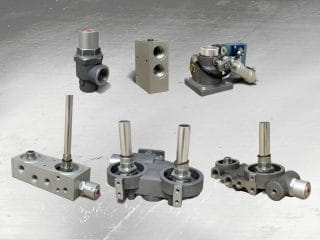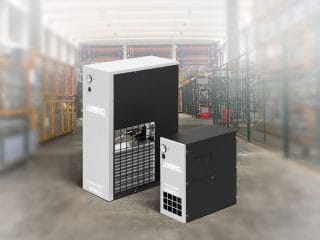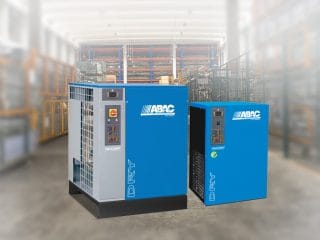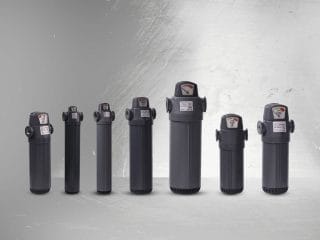A compressed air tank is a type of pressure vessel designed to store and distribute compressed air, commonly used in industrial applications. These tanks store air from compressors and release it in a controlled manner when needed.
Primary Applications of Compressed Air Tanks:
- Operating industrial machinery.
- Supplying air for pneumatic tools.
- Facilitating energy storage and transfer.
- Used in ventilation systems and automated processes.
Key Considerations:
- Regular maintenance is essential to minimize the risk of corrosion and leaks.
- The pressure level should be monitored to ensure it does not exceed the tank’s operational limits.
- Safety valves and discharge systems are crucial to prevent dangerous pressure surges.Technical Specifications of Compressed Air Tanks
- The technical specifications of compressed air tanks vary depending on their intended use and design. Generally, the following features are considered:
- Material Type: Made from durable materials such as steel or aluminum. Steel tanks are usually coated internally to prevent corrosion.
- Design Pressure (P): The maximum pressure level the tank can withstand, determined based on its intended application.
- Capacity: The amount of air the tank can store, expressed in liters or cubic meters.
- Wall Thickness: The minimum wall thickness of the tank body and covers, typically at least 2 mm for steel tanks and 3 mm for aluminum tanks.
- Safety Equipment: Includes pressure relief valves, pressure gauges, and automatic drain systems.
- Standards and Certifications: Manufactured in compliance with international standards such as TS EN 1012-1:2010 and TS EN 13445-5.
Accessories Used for Compressed Air Tanks
Accessories for compressed air tanks are designed to enhance functionality and ensure safety. Here are the most commonly used accessories:
- Safety Valves: Prevents the tank from being damaged under excessive pressure. According to European standards, at least one safety valve must be present.
- Pressure Gauges: Used to measure the internal pressure of the tank. Available in types that display minimum and maximum pressure values.
- Drain Valves: Located at the bottom of the tank, these valves are used to discharge condensation that accumulates over time. They come in manual or solenoid-operated timed versions.
- Fittings and Hoses: Includes spiral air hoses and fittings used to ensure proper airflow.
- Pressure Switches: Monitors the pressure level in the tank and stops the compressor when necessary.





